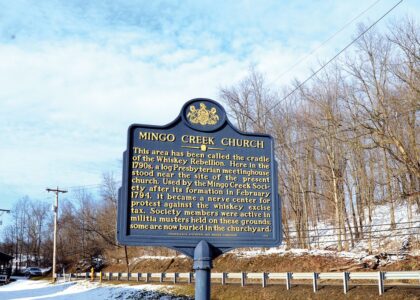Welcome to Kullyspell House, a site of significant historical importance located near Hope, Idaho. Picture yourself back in 1809, when this place was a bustling hub of activity, not just for local tribes but also for European fur traders. Established by the intrepid explorer and fur trader David Thompson, along with his associate Finan McDonald, Kullyspell House was one of the first trading posts in the American Pacific Northwest. It marked the beginning of a new era in the region.
David Thompson, an employee of the North West Company, was a man on a mission. On September 10th, 1809, he selected this very spot on Sheepherder’s Point, strategically located for canoe travel on Lake Pend Oreille, to build the trading post. This decision was not taken lightly; it was a masterstroke of geographical insight, ensuring that Kullyspell House became a vital node in the network of trade with the native Kalispel tribe, after whom the post was named.
The construction of Kullyspell House was a feat of its time. Imagine the sound of axes and the bustle of activity as Thompson and his men erected a sturdy log structure with two stone chimneys. The building provided shelter and a place for trading goods, furs, and stories with the local tribes. However, Thompson’s exploration spirit could not be confined. Just a month after establishing Kullyspell House, he set off to expand the fur trade further west, leading to the creation of the Spokane House in 1810.
Despite its promising start, Kullyspell House was short-lived. By 1811, Thompson decided to close the post, shifting operations to the more strategically located Spokane House. The remnants of Kullyspell House were left behind, its exact location obscured by time until it was rediscovered in 1923 by a Kalispel elder.
The legacy of Kullyspell House is woven into the broader tapestry of North American exploration and trade. It was a testament to the ambitions and endeavors of early fur traders and their interactions with indigenous peoples, shaping the cultural and economic landscape of the region. Today, while the physical structure no longer stands, the stories and history remain a pivotal chapter in the annals of Idaho’s history. As you stand near this historic site, imagine the echoes of the past, the vibrant exchanges, and the pioneering spirit that marked the early 19th century.





